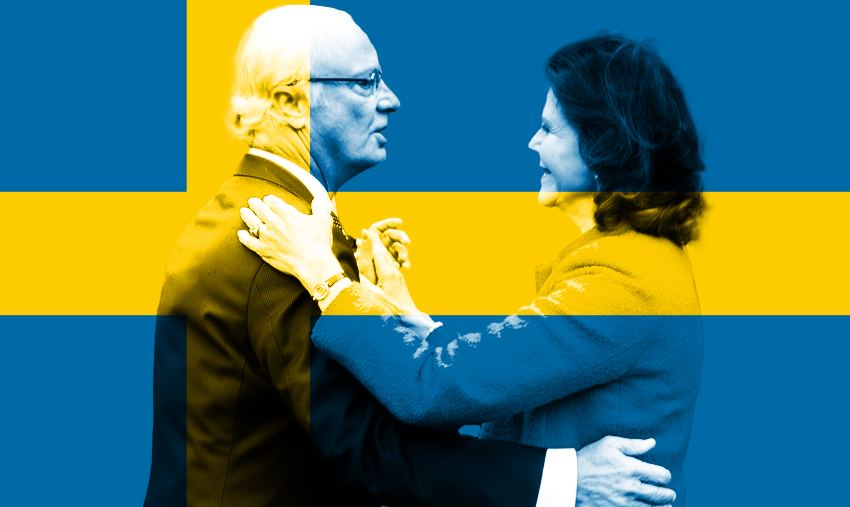To celebrate a Swedish royal wedding, in 1976 ABBA did their first live performance of what hit?
Don't scroll until you've answered.

Duh! is a weekly column that gives circuitous answers to obvious questions. If you dig it, you can find 100 more of these essays in the Geeks Who Drink book, Duh!.
This columnist is a musician, which means that he is a fan of Jacob Collier. And that is how he came to know, in October 2022, that every resident of Stockholm knows every word of “Dancing Queen.” No, seriously, check it:
Now, this probably shouldn’t have come as a surprise. The Year of Our Bjorn 1976 was an absolutely massive one for ABBA, and “Dancing Queen” was a big part of that:
- It hit #1 in 16 countries including the USA1 and USSR, around the time the Cold War got so bad the two superpowers couldn’t even be at the same Olympics with each other.
- Its album, Arrival, was purchased by 740,000 Swedes–an estimated ten percent of the population.
- It was indeed a highlight of the all-star gala broadcast from the Royal Swedish Opera taht June, on the eve of the wedding of reigning king Carl XVI Gustaf and marketing professional Silvia Sommerlath. This was likely the most-watched thing on Swedish TV, considering what else was on Swedish TV.
Indeed, contrary to popular belief, ABBA was always popular in Sweden, the only nation where all eight of their studio albums went to the top of the charts. But then again, they were built to be: Formed in late 1970 as the combination of two guys from Top 20 bands, and two well-known chanteuses, they were the closest thing to a Swedish supergroup that had yet been attempted.
In 1974, the group cemented its fame by doing another unprecedented thing: On their third try, ABBA won the Eurovision song contest with “Waterloo,” a catchy tune that likens Napoleon’s fateful defeat in Belgum to (checks notes) finally giving in to someone’s romantic overtures. Hmm. Regardless, it was the first time in Eurovision’s 19-year history that the trophy went anywhere on the Scandinavian Peninsula.3
But of course it was “Dancing Queen” that proved to be ABBA’s most enduring legacy, starting with that summer night in Stockholm. And besides making an impression on the entire world, it also made an impression on the actual queen: In 1993, Silvia’s 50th birthday celebration included a beautiful a cappella arrangement of the global smash hit, led by Anni-Frid “Second A” Lyngsten.
None of which explains why they think you can feel the beat from a tambourine.
- In fact it was their only #1 single in the states,2 and it stayed there for exactly one week before being replaced by “Don’t Give Up On Us” by David “Hutch, Not Starsky” Soul. Click that link if you’d like to hear why it has not enjoyed the same enduring popularity as the ABBA record.
- It was particularly zeitgeisty: #1 hits from the previous 12 months included “Boogie Fever,” “You Should Be Dancing,” “(Shake, Shake, Shake) Shake Your Booty,” “Play That Funky Music,” and “You Make Me Feel Like Dancing.” People of the late ‘70s really liked to dance, which might have had something to do with all that cocaine.
- Since then, Swedish entries have won the contest five more friggin’ times. Click those links if you’d like to hear why they have not enjoyed the same enduring popularity as the ABBA record.
